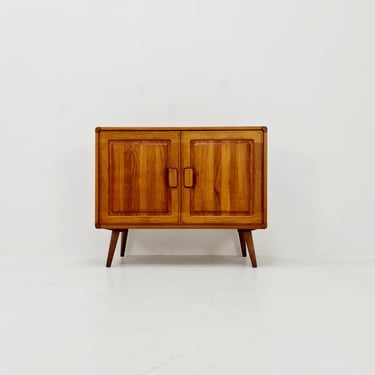
Mid century Danish Solid teak sideboard by Cado 1960s

Mid century Danish Solid teak sideboard by Cado 1960s Dimensions: 46D x 94W x 78H cm It is in vintage condition, however, as with all ...
$$$$$ · Indexed January 31, 2025 · Source
etsy.com
Content may be subject to copyright. Terms of Use
Midage Vintage
Germany
Still looking? Try a search.
